Physical Vs Mental Fitness
There is but one way to live life to its fullest- being fit. Understanding the benefits of all-round fitness and knowing how active you should make it easier to improve the overall quality of your life. To help you live better, here’s how you can benefit from mental and physical exercise regardless of your age, sex or physical ability.
When talking about fitness, both mental and physical fitness come into play. More often than not, physical fitness gets plenty of attention, and for a good reason. A healthy body can counter conditions such as heart disease and diabetes, and help you maintain confidence as you age.
However, mental fitness is just as important as physical fitness, and should not be neglected in your self-betterment plans.
Mental fitness means having a brain and emotional health in tip-top shape. It may not necessarily mean training to ace an IQ test, but a series of exercise that helps slow down, decompress and boost a flagging memory.


Aerobics (cardio)
Aerobics involves maintaining an increased heart rate for an extended period of time. Types of cardio exercises include running, swimming, biking, rowing, dancing, and jumping rope.

Strength
Also called Resistance Training. It’s a physical activity with the purpose of increasing muscle strength and mass. Examples include weightlifting, dumbbell and bodyweight exercises.

Balance
This is where you activate your abdominal muscles for stability and control of your body. Balance exercises can include yoga, tai chi and stability ball exercises.

Flexibility
Bragging about how much you can bench is no fun if you have trouble tying your shoes. Flexibility saves you from tight hips, hamstrings, hip flexors and makes you as strong as you can be.

Why you need to be fit and importance of physical fitness
Weight control leads you towards fitness
Along with diet, exercise plays an essential role in managing your weight and preventing obesity. To maintain your weight, the calories you are taking must equal the energy you burn. To lose weight, you must utilize more calories than you eat and drink.
Manage your sugar and insulin levels
Exercise can reduce your blood sugar level and help your insulin work effectively. This can lower your risk for metabolic syndrome and type 2 diabetes. And if you already have one of those diseases, exercise can help you to maintain it.
Feel Happier through fitness
Exercise has been shown to improve your mood and reduce feelings of depression, anxiety, and stress. It produces variations in the parts of the brain that control stress and anxiety. It can also boost brain sensitivity for the hormones serotonin and norepinephrine, which relieve feelings of depression.
Better Mental Health and fitness
Regular exercise can have an extremely positive influence on depression, anxiety, ADHD, and more. It also relieves stress, increases memory, helps you sleep better, and boosts your overall mood. You don’t have to be a fitness fanatic to reap the benefits – browse through our site and discover how to reap these benefits.
How to Achieve Mental Fitness
Be positive with yourself and improve your fitness
Affirmation, or positively talking to yourself, involves strengthening neural pathways to bring your self-confidence, well-being, and satisfaction to a higher level. To start, make a list of your good qualities. Remind yourself that you don’t have to be perfect. Set goals for what you want to make better and start small to avoid becoming confused.
Stop Multitasking
Many think that multitasking enables you to get more things done at once, but it creates more problems than it solves. Focusing on one task at a time will improve your concentration and help you to be more productive.
Try Something Different
New practices can also set you on the way to mental fitness. You can fit new approaches into your daily life by trying new foods, new ways to accomplish routine tasks, traveling to new places or trying a new route to the grocery store.
Read More
Reading is great for your brain. Your brain processes every word you read, including this one. Beyond the mechanics, reading helps you visualize the subject matter on the pages before you, and imagine what voices sound like in the written dialogue.
This can also be a great relaxation technique
Top Fitness Tips for Mental and Physical Exercise.
General physical fitness and targeted exercises to improve stability can prevent falls. But so can staying mentally ready to maintain brain health. A sharp mind helps you to think — and stay — on your feet. Join us and learn to strike a balance.
No Results Found
The page you requested could not be found. Try refining your search, or use the navigation above to locate the post.
150 Exercises You Can Do
As a bonus, we are giving a free fitness exercise ebook to start your healthy lifestyle
Tested Home Workouts to Build Your Strength
Strength training is not just about getting visually pleasing muscles. It’s all about your health. When you continuously target specific muscle groups, they improve the functionality of your movements and metabolism. There are a bunch of home workouts of basic exercise that build your muscle strength, read on.
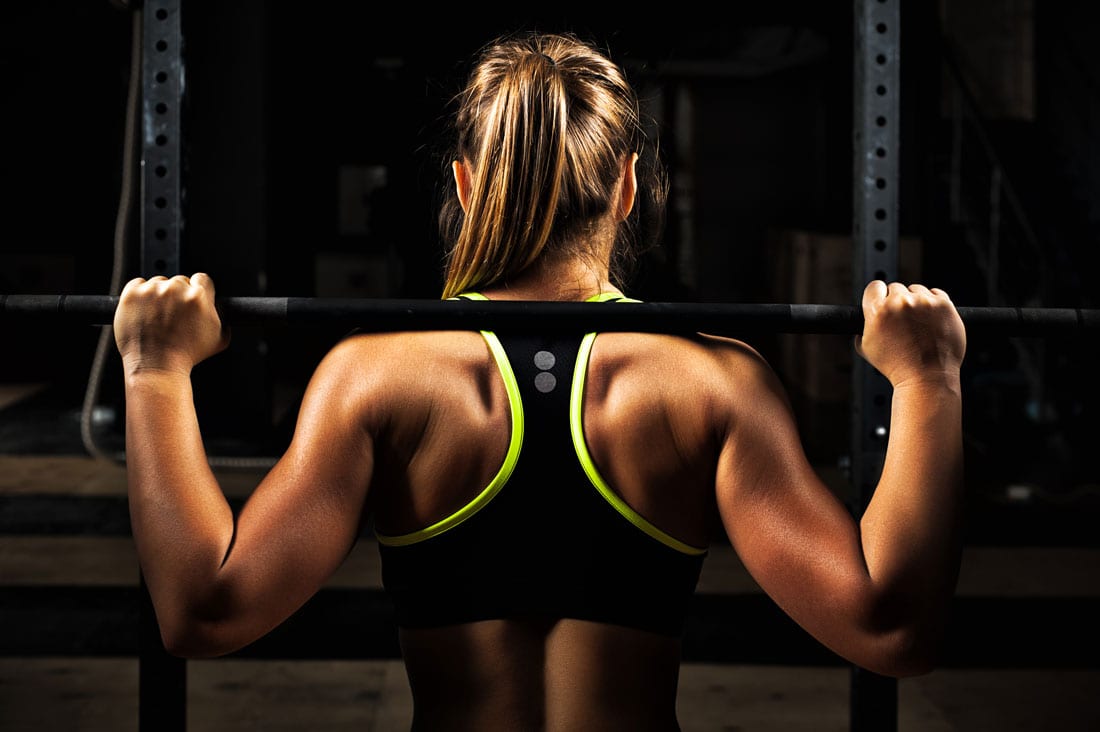
Research from the Harvard Medical School also indicates that resistance training can lead to stronger bones as well. This is significant because, in the United States, two million men and eight million women are vulnerable to having osteoporosis.
Other benefits of strength training include lower risks of injury and more sensitivity to the insulin hormone. Below are some strength exercises that you can do in the comfort of your homes.
Push-Ups
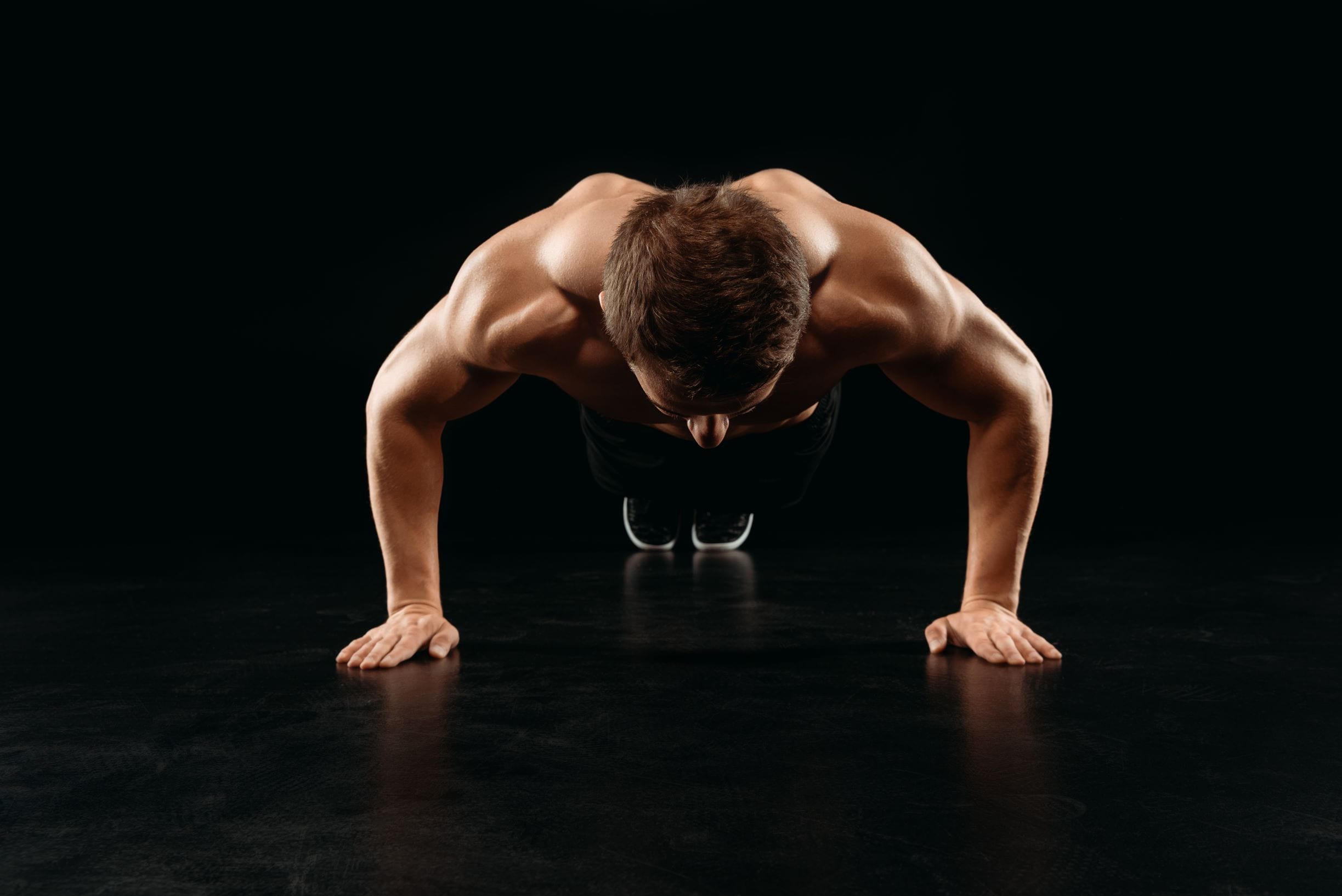
Push-ups is a classic strength-building exercise that will not require any equipment and ideal for a home workout. Simply put your feet and hands on the floor. Then keep your hands more than shoulder-width apart while maintaining a straight back.
Slowly lower your body to the floor by bending your arms until your chest is in contact with the ground. Hold it for a one to two seconds, then extend you arms so they are straight, then return to the starting position. Repeat this for twelve times.
Push-ups target the chest area and provide additional boosts to the shoulders and triceps. For variations, you can put extra weight in your back.
Chair Dips
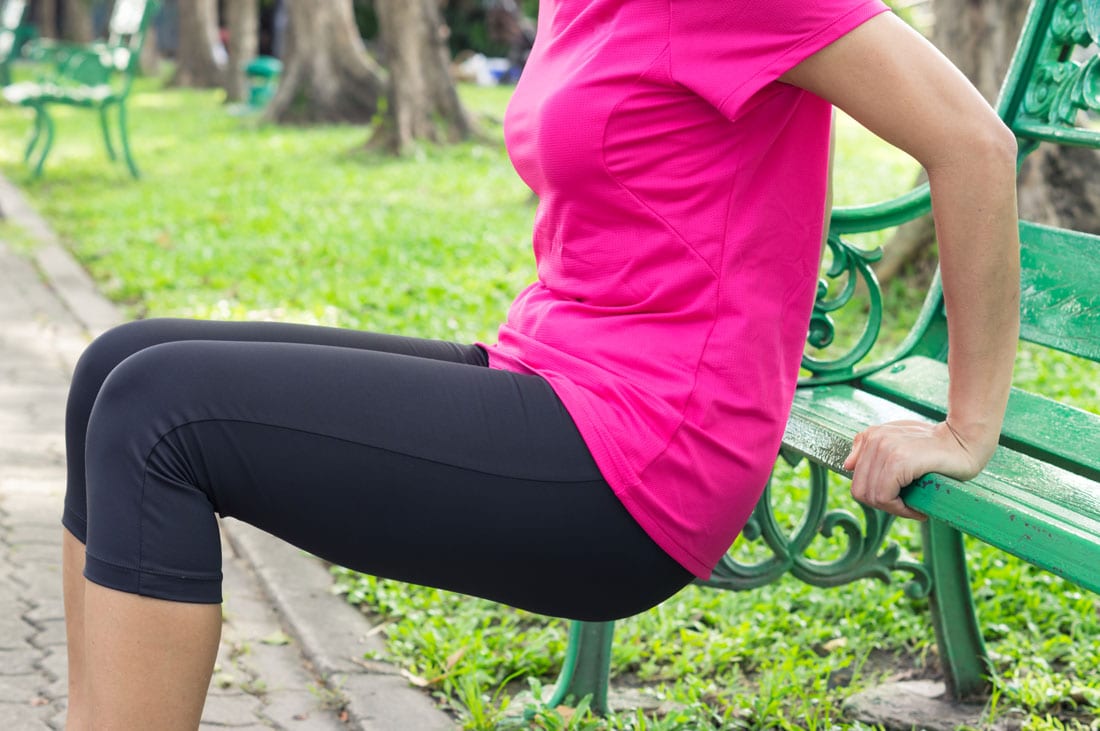
[Dropcap]T{/Dropcap]his is another intensive exercise that you can do in your home workout. You just need a reliable chair to work out your triceps, deltoids (shoulders), and pectorals (chest).
Place the chair behind you and face away from the seat. Put your hands on the edge of the seat at a distance of shoulder width. Keep arms straight and bend knees as if sitting.
With you arms at a 90 degree angle to enable you to lower your body. Hold this for a second before straightening your arms again as your return to the starting position. Hit at least five repetitions and increase the difficulty by putting additional weight.
Crunches
Crunches are high-intensity strength exercises that target abdominal muscles primarily. Like push-ups, it doesn’t require any equipment, although a good yoga mat would be comfortable.
On a hard and smooth surface, lie on your back and keep legs bent. Place hands behind your head or on the chest. Lift your upper body and contract your abdominal muscles as you raise your shoulder blades. The neck should be straight and do not use the hands to assist your upper body. There will be a burn in your abs, an indication that you are doing the exercise correctly. Repeat until you reach twelve repetitions.
Deadlift
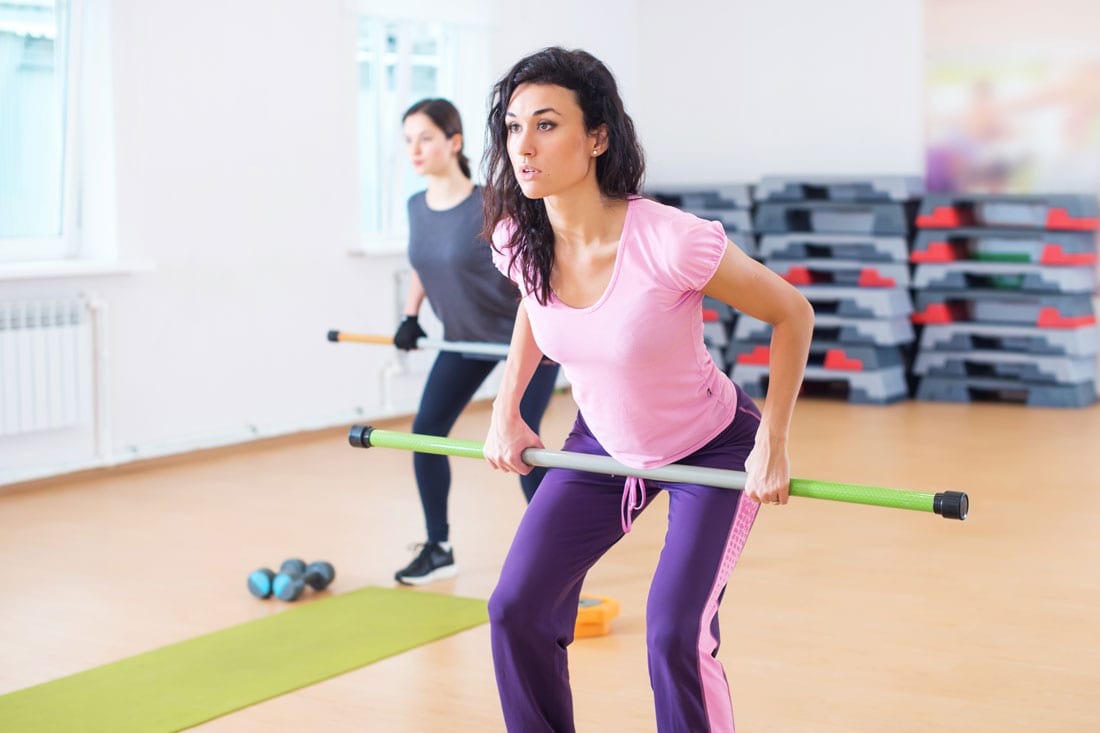
As far as comprehensive coverage is concerned, the deadlift is the best exercise you can choose for your lower body because it works most of its muscle groups, including hamstrings, quadriceps, glutes, and the back. These can easily be undertaken at a home workout. You don’t need much and can use a variety of heavy objects to do the lift.
You don’t even need free weights. You can use your gym bag. Place the bag or heavy object in front of your feet. Stand with the object in front of you with feet together. Bend your knees and push your hips back to grab the bag. The back should be straight. If you slouch, it can cause injury.
Hoist yourself up and straighten your back and legs. As you emerge, protrude your chest and contract your shoulder blades. Achieve at least five repetitions.
For everything you want to know about deadlifts,read “11 Deadlifts Must-Know Tips”.
Hammer Curls
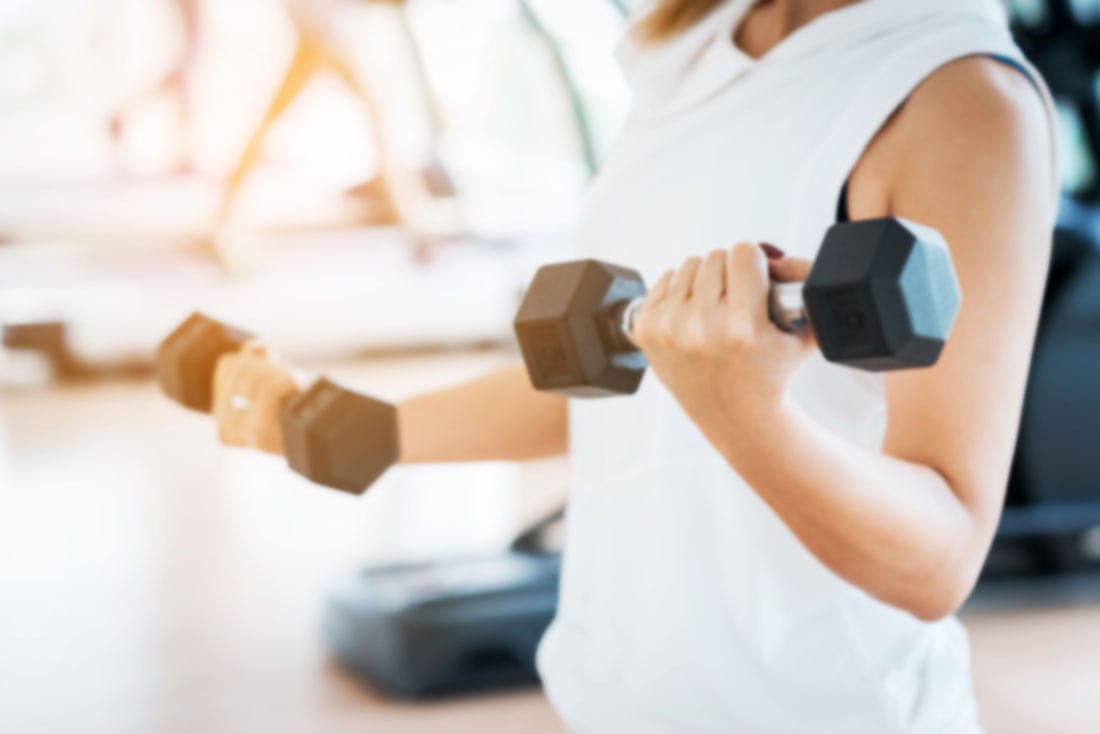
T his is an exercise that is tailored specifically for your biceps. Hold a dumbbell or even a water jar in each hand and keep your arms straight, tucked in your side. The wrists should be in a straight line with your arm.
Contract your biceps by using your forearm to bring the weights upward in a curling motion. As your hand comes in contact with your arm, hold it for a second to squeeze your biceps. Lower the weights back into its origin. Do this for five to twelve repetitions.
Overhead Press
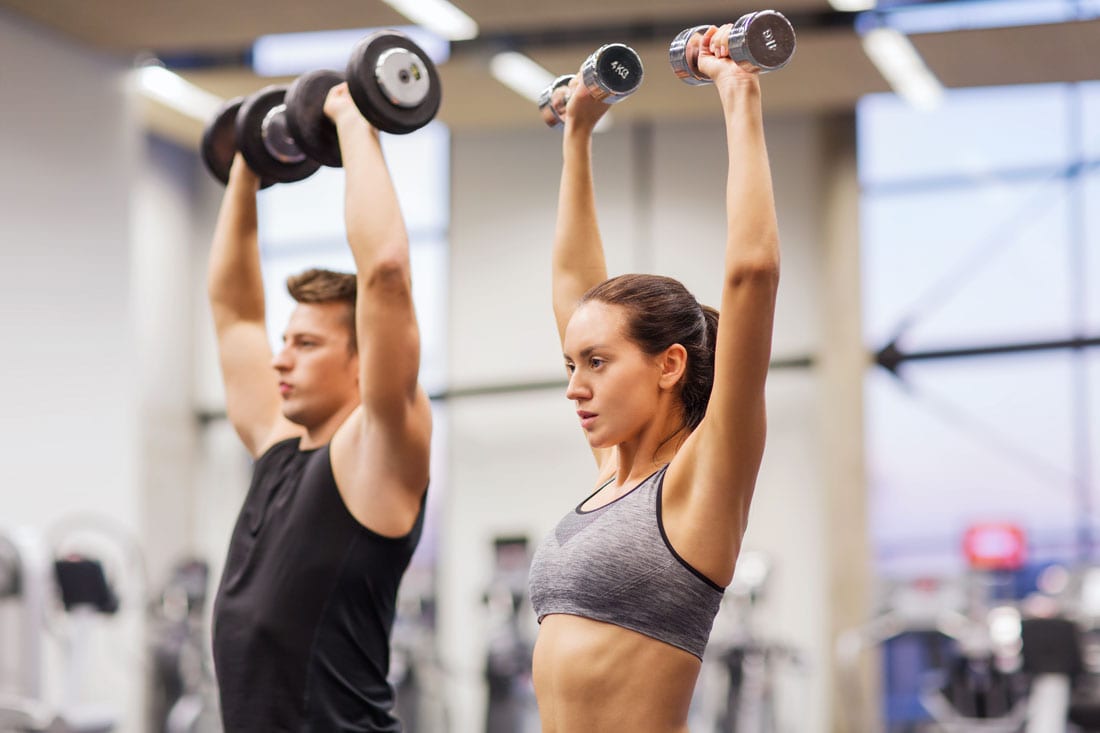
Instead of a bench press, you can do an overhead press with a weighted gym bag at home workout. This can still effectively target your triceps, traps, and deltoids. To complete this exercise, you also need to tighten your core.
To do the exercise, stand straight and keep the feet at a distance of shoulder width. Puff up your chest, then grab the gym bag and place it across the front shoulders as it rests on the collarbone. Squeeze your glutes for stability and push the gym bag in a straight line. Move your head back as you press it to ensure a straight line. Hold the bag above your head with arms straight, then lower it back to your shoulder. Continue this for twelve repetitions.
Frequency of Exercising
Consistency of exercise is important to keep yourself healthy. But you should be careful not to overdo it. The golden standard is to have two days of resistance training exercises in a week, according to the physical activity guidelines of the HHS. All muscle groups should be included in these workouts from the hips, back, chest, legs, shoulders, abdomen, and chest.
The Centers for Disease Control and Prevention recommends at least eight to twelve repetitions of an exercise for each muscle group. To maximize the burn, you need to work the groups to the point when a repetition is challenging to be done.
The National Institute of Health warns that the same muscle group should not be exercised for two days in a row. Recovery time is essential for muscles to gain strength.
Planning of the home workout exercise regime is important to avoid injury and get strong and fitter in the safest possible way.
Avoidance of Injury
Injuries can happen, even at the home workout, when you do not have the correct position and form when doing resistance training. The Mayo Clinic Sports Medicine Center reports that a bad technique can be counterproductive and can waste your time. To make sure the right technique is observed, a professional trainer or exercise videos can be beneficial.
The NIH recommends a lighter weight that you can accomplish for eight repetitions before proceeding to more challenging sets. The difficulty should increase gradually. Research from the American College of Sports Medicine indicates that you can only increase the weight by two to ten percent if you are already comfortable lifting a specific weight. Keep increasing the difficulty if the exercise becomes easy already.
Safety First!
Resistance training at the home workout is an excellent way to build strength while keeping your health in top shape. Mix your routines of bodyweight exercises with strength training. Its intervals should be three times a week at most.
Do not overtrain because the time you will require to heal from an injury will be lost time for your strength training. During your rest days, work on improving your cardiovascular capabilities or weight loss. Most importantly, do not forget to eat well. Watch what you eat and control your calories for maximum strength gain. Typically, a mix of fruits, vegetables, lean protein, and whole grains should do the trick.
Do not overtrain because the time you will require to heal from an injury will be lost time for your strength training. During your rest days, work on improving your cardiovascular capabilities or weight loss. Most importantly, do not forget to eat well. Watch what you eat and control your calories for maximum strength gain. Typically, a mix of fruits, vegetables, lean protein, and whole grains should do the trick.
Other Articles you may like.
Register Now
Sign up today and Get Expert Fitness Advice Right delivered right in your mail


